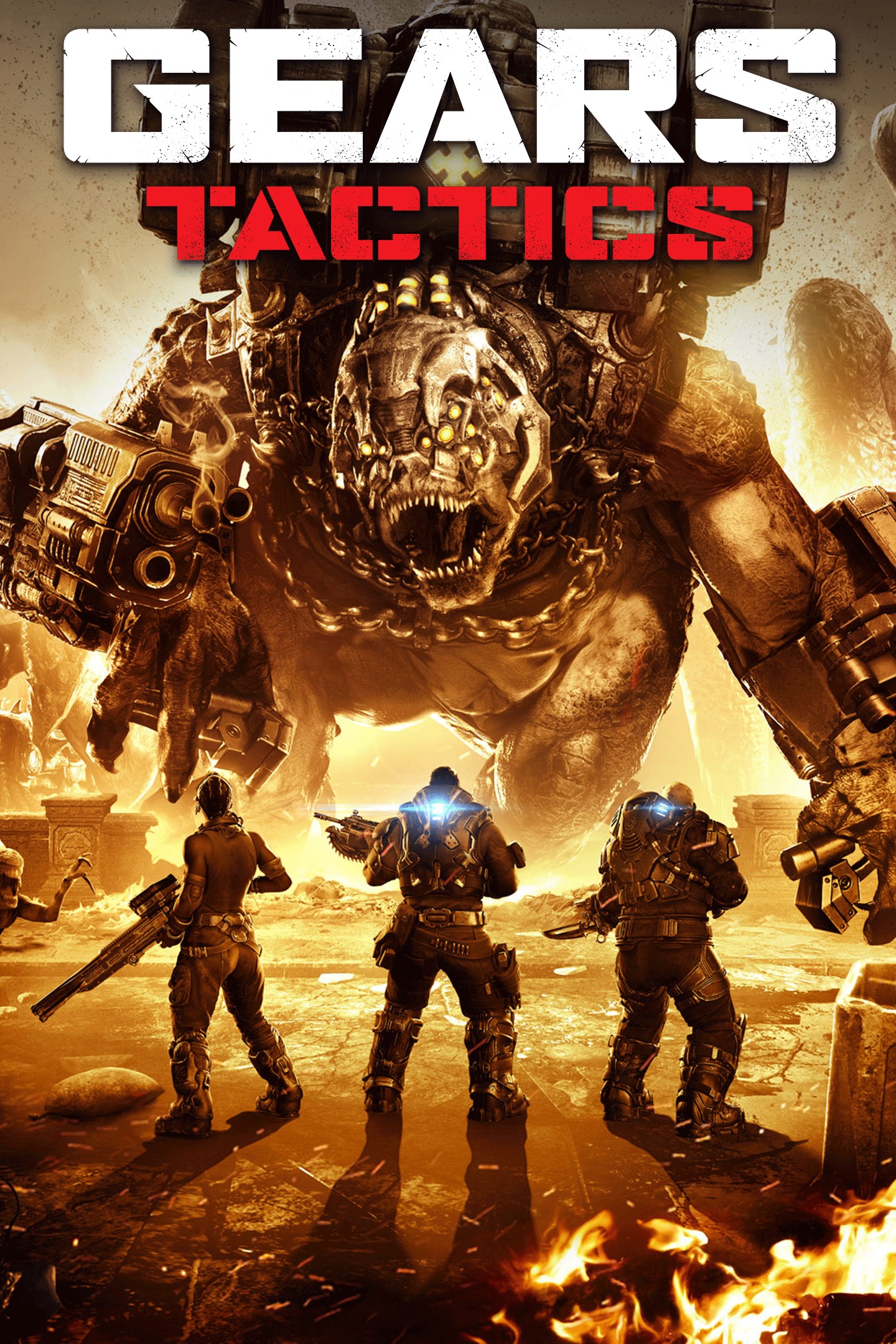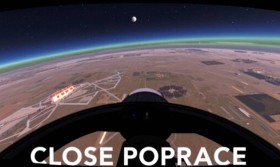Title: Rebirth Overload: How the New Shelter Sign Installer Missions Redefine VR Simulator Narratives
The virtual reality landscape is perpetually evolving, but few genres have captured the bizarrely specific charm of the job simulator quite like Rebirth Overload Shelter Sign Installer Simulator VR. This title, a mouthful to say and an even more expansive universe to experience, has carved out a unique niche. It’s not about slaying dragons or piloting starships; it’s about the meticulous, often surreal, task of placing directional signage in a vast, underground post-apocalyptic shelter known as the "Nexus." The game’s genius lies in transforming a seemingly mundane act into a critical, narrative-driven puzzle. The latest "Place Missions" update isn’t just a content drop; it’s a profound evolution that pushes the boundaries of immersive storytelling and gameplay mechanics, solidifying Rebirth Overload as a flagship VR experience.
Before this update, players were primarily "Contractors," freelancers fulfilling work orders in a sprawling, often confusing shelter complex. The core gameplay loop was deeply satisfying: analyze a schematic, navigate labyrinthine corridors filled with bizarre sights and sounds, and physically install illuminated signs, hazard warnings, and directional arrows using a full suite of VR tools. The joy was in the physicality—feeling the weight of the drill, the tension of aligning a bracket, and the click of a secured panel. The world-building was environmental, told through scattered logs and the haunting, empty spaces of the Nexus.
The "Place Missions" update shatters this passive storytelling model. It introduces a structured, character-driven campaign where each installation job is no longer a isolated contract but a pivotal chapter in a larger, unfolding drama. You are no longer just a contractor; you are an integral cog in the shelter's struggling ecosystem, and your work directly influences the lives of its inhabitants.
The update introduces three new mission arcs, each with a distinct narrative and mechanical flavor:
-
The Exodus Arc: A critical reactor failure in Sector 7-G necessitates the rapid, emergency evacuation of 500 residents to the deeper, safer Sector 9. Your mission is not to fix the reactor, but to install a dynamic, flashing exit signage network that must be perfectly clear, unambiguous, and redundant. The VR pressure is palpable. Alarms blare, lights flicker, and the distant, simulated sounds of panic filter through your headset. A misplaced "Exit" arrow or a poorly positioned "Danger: Radiation" sign could lead digital citizens to their doom. The game now tracks "Simulated Survival Rates" based on the clarity and efficiency of your signage path, adding a heavy, moral weight to your precision.

-
The Arboretum Deception Arc: This mission introduces espionage and ethical choice. You are hired by two conflicting departments: Logistics, who want clear, efficient signs to a new agricultural wing, and Security, who secretly want you to install subtly misleading signs to create a dead-end maze, protecting the shelter's prime food source from a potential internal threat. The mission becomes a tense game of reading between the lines of your orders. Do you follow the official schematic or the whispered, off-the-record request? The tools get an upgrade here, allowing you to install "decoy" signs or even slightly rotate signs after inspection to alter their meaning, making the physical act of installation a act of subterfuge.
-
The Archaeologist's Request Arc: This is where the update delves into pure science-fiction mystery. A researcher in the deep, derelict sectors of the Nexus has discovered pre-Fall artifacts and needs a signage system that doesn’t just direct, but also educates and warns. This mission unlocks new tool attachments like a spectral analyzer to reveal hidden wall markings and a "lore-projection" module. Installing a sign here might involve first scanning an ancient, faded mural, and then using your installer tool to project that historical image onto a placard next to your modern sign, creating a blended narrative of past and present. It’s a breathtakingly clever way to integrate world-building directly into the core gameplay loop.
Mechanically, the update is a masterclass in VR design. The new "Structural Integrity Scanner" requires you to physically tap walls to find studs that can support heavier signs, adding a layer of tactile realism. The "Crowd Flow Predictor" is a holographic overlay that shows the probable movement of inhabitants, allowing you to optimize sign placement for maximum visibility. These aren’t just new gadgets; they are extensions of your body in the virtual space, deepening the immersion.
The genius of the "Place Missions" update is its subversion of expectation. In a post-apocalyptic setting, one expects action, combat, and survival horror. Rebirth Overload posits that true heroism, and indeed, true "rebirth," might be found in the quiet, diligent work of creating order from chaos. It argues that the individual who ensures the "Exit" sign works during a fire is as crucial as the one who puts the fire out. In VR, where presence is everything, this message lands with incredible force. You don’t just watch a story unfold; you literally build the infrastructure that guides it. You place the signs, and in doing so, you place the narrative itself. This update doesn’t just add content; it completes a philosophical vision, making Rebirth Overload Shelter Sign Installer Simulator VR one of the most thoughtfully original and immersive titles in the virtual reality pantheon.
Tags: #VRGaming #VirtualReality #RebirthOverload #SimulatorGames #GameUpdate #PlaceMissions #PCVR #MetaQuest #GamingInnovation #ImmersiveSim #NarrativeGaming #PostApocalyptic #IndieGame #TechDemo #FutureOfGaming


















